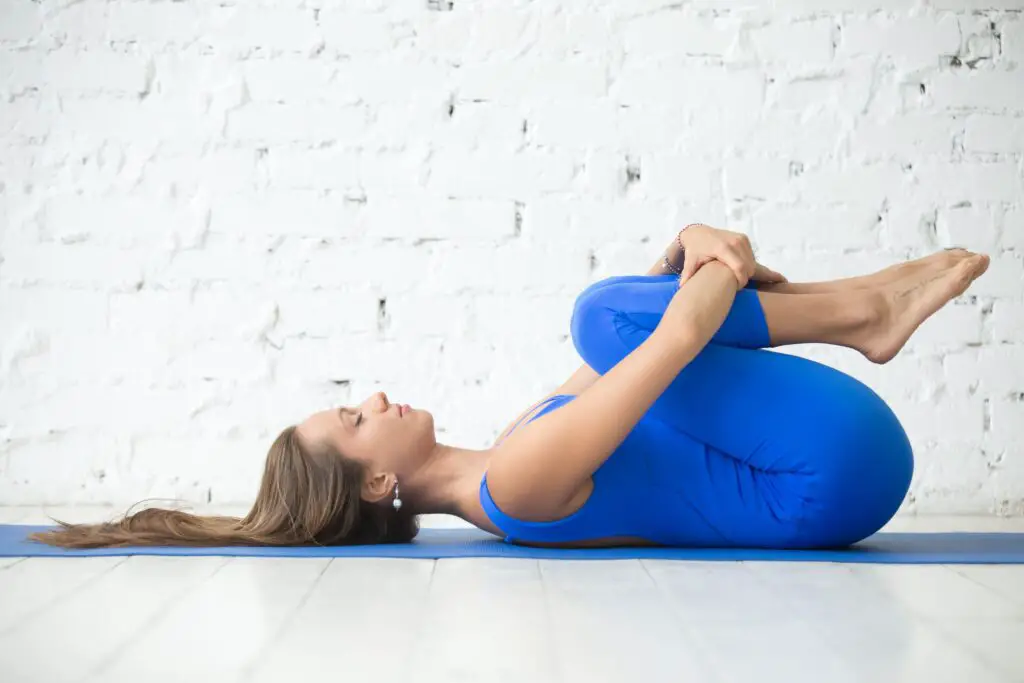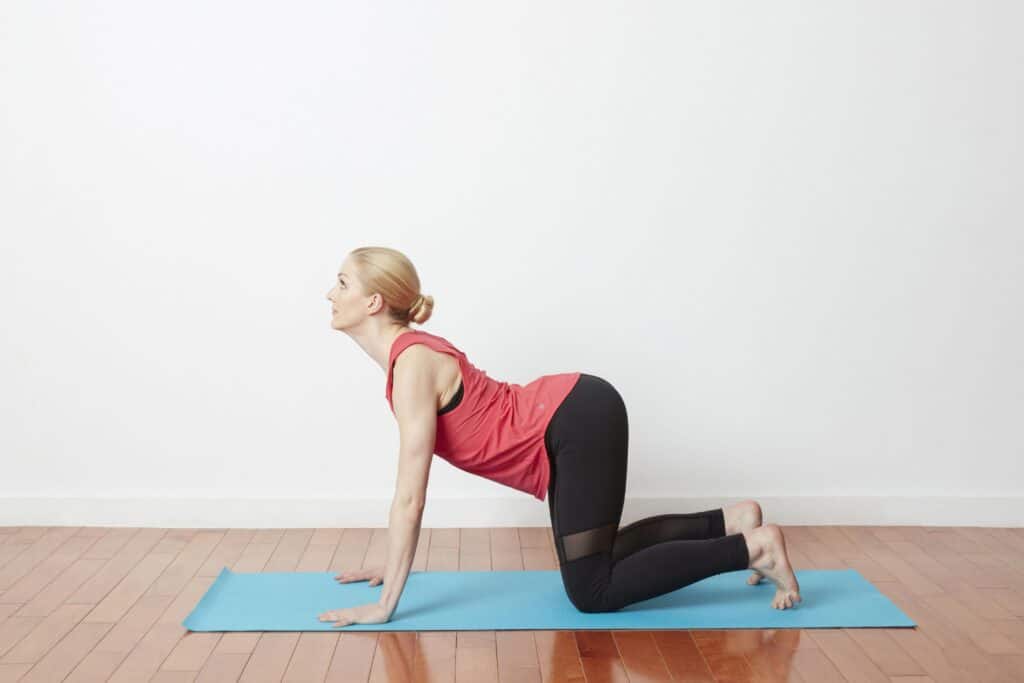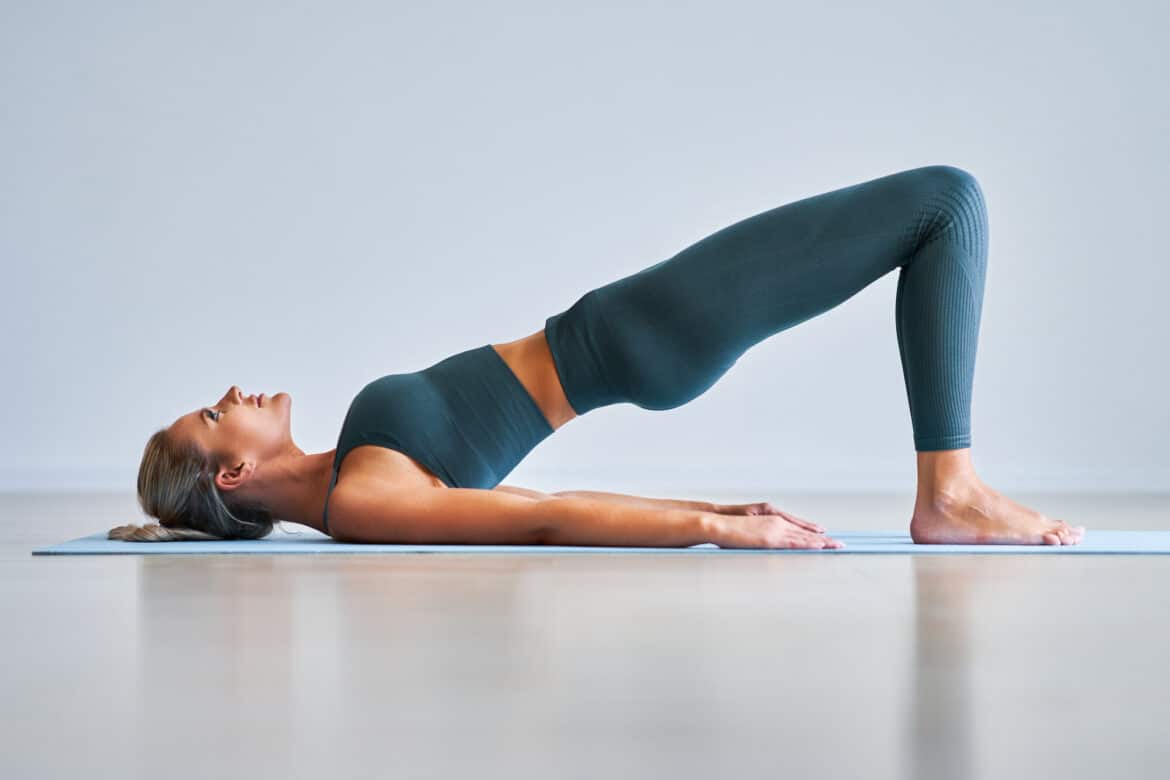Introduction
Is Pilates Good For Back Pain: Back pain is a prevalent and often debilitating condition that affects people of all ages and lifestyles. Whether it’s caused by poor posture, muscle imbalances, injury, or chronic conditions, finding effective methods to alleviate and prevent back pain is a top priority for many. One such method that has gained increasing recognition for its potential benefits is Pilates. Pilates is a holistic exercise system that focuses on strengthening the core muscles, improving flexibility, and enhancing overall body awareness. In recent years, it has emerged as a popular option for individuals seeking relief from back pain. This article explores the question: Is Pilates good for back pain? We will delve into the principles of Pilates, its potential advantages for back pain sufferers, and how it may contribute to a healthier, pain-free back.
While Pilates can offer significant benefits for back pain relief and prevention, it’s essential to consult with a healthcare professional or a certified Pilates instructor before starting any exercise program, especially if you have an existing back condition. They can assess your specific needs and tailor a Pilates routine that suits your individual situation, ensuring that you safely reap the benefits of this exercise method.
Pilates has the potential to be a valuable tool in the management and prevention of back pain. Its emphasis on core strength, flexibility, controlled movements, and posture can help individuals build a healthier, more resilient back and reduce discomfort associated with various types of back pain. However, it should be part of a comprehensive approach to back pain management, and individuals should seek professional guidance to ensure they use Pilates effectively and safely for their unique circumstances.

Should I go to Pilates with lower back pain?
More research is needed, but there is some evidence to suggest that pilates can be helpful for people who have lower back pain.
Benefits of Pilates for Lower Back Pain
Core Strength: Pilates places a strong emphasis on developing core strength. A strong core can help stabilize the spine and provide better support to the lower back, potentially reducing pain and discomfort.
Improved Posture: Many cases of lower back pain are related to poor posture. Pilates can help correct posture issues by strengthening the muscles responsible for maintaining an upright position, reducing the strain on the lower back.
Flexibility: Pilates exercises often involve stretching and improving flexibility in various muscle groups, including those surrounding the lower back. Enhanced flexibility can relieve tension and discomfort.
Mind-Body Connection: Pilates promotes a mind-body connection by encouraging mindfulness and awareness of body movement. This can lead to better control of movements and less strain on the lower back.
Is Pilates or yoga better for lower back pain?
Ultimately, the choice between yoga and Pilates for reducing back pain may be personal preference. If you’d rather mix your physical healing with a spiritual experience and breathwork, yoga may be for you. But if staying in the physical realm with your exercise routine sounds more palatable, consider Pilates.
Yoga for Lower Back Pain
Flexibility and Stretching: Yoga incorporates various poses and stretches that can enhance flexibility and reduce muscle tension, potentially alleviating lower back discomfort.
Stress Reduction: Yoga often includes relaxation and stress-reduction techniques, which can indirectly benefit lower back pain by reducing tension in the body.
Breathing Exercises: Yoga emphasizes controlled breathing, which can help manage pain and improve oxygenation of muscles, aiding in their recovery.
Holistic Approach: Yoga addresses the mind, body, and spirit, promoting overall well-being and potentially reducing the emotional and psychological aspects of chronic pain.
Variety of Styles: There are many different styles of yoga, such as Hatha, Vinyasa, and Iyengar, which can be tailored to your specific needs and preferences.
Is Pilates better than gym for back pain?
In this study, both Pilates and general exercise both had beneficial effects on lower back pain. The data suggest that general exercise was more effective in the long-term. However, caution must be taken when considering these results.
Traditional Gym Workouts for Back Pain
Strength Training: Targeted strength exercises, such as deadlifts, squats, and rows, can improve overall muscle strength and support the spine, potentially reducing back pain.
Cardiovascular Exercise: Maintaining cardiovascular health is essential for overall well-being. Cardio workouts can help maintain a healthy weight, which can alleviate some types of back pain.
Flexibility and Mobility: Gyms often offer a variety of equipment and classes, such as stretching sessions and yoga, that can improve flexibility and mobility in the back and surrounding muscles.
Variety: Gyms provide a wide range of exercise options, allowing individuals to create a diverse fitness routine that addresses different aspects of back pain.
Which is better yoga or Pilates?
“Between the two, if you’re looking to strengthen your core, improve your posture, and your overall fitness level and strength, go for Pilates,” Brandenberg recommends. “If you’re looking to increase your flexibility, find more peace of mind and that mind-body connection, I would go with yoga.”
Yoga
Origins: Yoga has its roots in ancient Indian philosophy and spirituality. It encompasses a wide range of practices, including physical postures (asanas), breathing techniques (pranayama), meditation, and ethical principles.
Mind-Body Connection: Yoga places a strong emphasis on the mind-body connection. It aims to harmonize physical and mental well-being through mindfulness, meditation, and breath control.
Flexibility and Balance: Yoga focuses on improving flexibility, balance, and posture. Many yoga poses involve stretching and holding positions to increase mobility and range of motion.
Spiritual and Emotional Benefits: Beyond physical improvements, yoga offers spiritual and emotional benefits, such as stress reduction, enhanced emotional awareness, and a sense of inner peace.
Variety of Styles: There are numerous yoga styles, including Hatha, Vinyasa, Ashtanga, Bikram, and more. Each style offers a different emphasis, allowing individuals to choose the one that suits their needs and preferences.
Pilates
Origins: Pilates was developed by Joseph Pilates in the early 20th century. It is a more recent system of exercise, primarily focused on physical fitness and rehabilitation.
Core Strength: Pilates places a significant emphasis on strengthening the core muscles, including the abdomen and lower back. It aims to improve overall body strength, stability, and posture.
Precision and Control: Pilates exercises involve precise, controlled movements that target specific muscle groups. The focus is on quality of movement over quantity.
Low-Impact: Pilates is known for being a low-impact form of exercise, making it suitable for individuals of various fitness levels and ages. It is often recommended for rehabilitation and injury prevention.
Is Pilates good for slipped disc?
Disc Problem Pilates Workout
They are also suitable for other disc conditions such as degenerative disc disease. Moving the spine and building strength in the muscles that support the spine are all essential when recovering from a disc problem.
The Potential Benefits of Pilates for Slipped Disc
Core Strengthening: Pilates is renowned for its focus on core strengthening. A strong core can help stabilize the spine, potentially reducing the pressure on the affected disc and alleviating pain.
Improved Posture: Pilates promotes proper alignment and posture, which can reduce strain on the spine and support the healing process of a slipped disc.
Flexibility: Many Pilates exercises incorporate gentle stretches that can improve flexibility in the muscles surrounding the spine, easing tension and discomfort.
Low-Impact: Pilates is considered a low-impact exercise method, which means it is less likely to put excessive strain on the spine compared to high-impact activities. This makes it a safer option for individuals with a slipped disc.
Controlled Movements: Pilates emphasizes controlled, precise movements, allowing individuals to strengthen specific muscle groups without exacerbating the condition.
Is Pilates hard on lower back?
Like other forms of full body exercises, it is possible to hurt yourself during Pilates. And the typical complaint is lower back and/or neck pain. This is likely caused by improper form or over-exercising. Common Pilates injuries include muscle/ligament strains or spinal disc damage.
The Potential Impact on the Lower Back
Core Strengthening: One of the primary goals of Pilates is to strengthen the core muscles, including those in the abdomen and lower back. While this is generally beneficial for lower back health, it can be challenging for beginners or those with weak core muscles. Overzealous or improper execution of exercises may lead to muscle soreness, but it is not necessarily harmful if done correctly.
Controlled Movements: Pilates exercises involve controlled, precise movements that require focus and body awareness. While this approach can help develop the lower back’s strength and stability, it may initially feel challenging for individuals who are not accustomed to this type of exercise.
Proper Form is Crucial: Pilates places a strong emphasis on maintaining proper form and alignment. Incorrect alignment or posture during exercises can put unnecessary strain on the lower back and lead to discomfort or injury. Therefore, it is essential to work with a qualified instructor who can guide you in maintaining proper form.
Individual Variation: The impact of Pilates on the lower back can vary from person to person. Some individuals with lower back pain or sensitivity may find certain Pilates exercises more challenging, while others may experience relief and improved lower back health through regular practice.
Does Pilates strengthen spine?
Pilates is an exercise program that focuses on the core postural muscles that help keep the body balanced and are essential to providing support for the spine.
How Pilates Strengthens the Spine
Core Strengthening: Pilates places a significant emphasis on strengthening the core muscles, including those that support the spine. A strong core can help stabilize the spine, reducing the risk of injury and improving overall spinal health.
Alignment and Posture: Pilates exercises often involve maintaining proper alignment and posture. By promoting better posture habits, Pilates helps reduce the risk of strain on the spine and supports the natural curvature of the vertebral column.
Flexibility: Pilates incorporates a variety of stretching exercises that enhance flexibility in the muscles surrounding the spine. Improved flexibility can relieve tension and reduce the risk of muscle imbalances that can lead to spinal issues.
Controlled Movements: Pilates emphasizes controlled, precise movements, which not only target the core but also engage the muscles along the entire length of the spine. This controlled approach helps strengthen and tone the back muscles, contributing to spinal stability.
Spinal Articulation: Many Pilates exercises involve precise articulation of the spine, encouraging movement through each vertebra. This can enhance spinal mobility and flexibility while promoting better overall spine health.
Mind-Body Connection: Pilates encourages mindfulness and body awareness, making individuals more attuned to their spinal alignment and movement. This awareness can lead to better control and coordination of the muscles that support the spine.
What is Pilates most effective for?
Health benefits of Pilates
increased muscle strength and tone, particularly of your abdominal muscles, lower back, hips and buttocks (the ‘core muscles’ of your body) balanced muscular strength on both sides of your body. enhanced muscular control of your back and limbs. improved stabilisation of your spine.
Core Strength and Stability
Pilates is renowned for its ability to target and strengthen the core muscles, including the abdominal muscles, lower back, and pelvic floor. This focused core training helps improve stability and posture, reducing the risk of back pain and injury.
Improved Posture
Through precise movements and alignment-focused exercises, Pilates promotes better posture. This benefit extends beyond the studio or gym, as improved posture can alleviate discomfort associated with poor alignment and help you stand taller and move more comfortably in daily life.
Flexibility and Range of Motion
Pilates incorporates stretching and lengthening exercises that enhance flexibility. Increased range of motion can help prevent injury, reduce muscle tension, and promote better mobility.
Mind-Body Connection
Pilates emphasizes mindfulness and body awareness, fostering a strong mind-body connection. This heightened awareness can lead to better control of movement, coordination, and overall well-being.

Conclusion
In the quest for relief from the often-debilitating scourge of back pain, Pilates emerges as a promising ally. The principles that underpin this holistic exercise system—core strength, flexibility, controlled movements, and mindfulness—have the potential to bring substantial benefits to individuals grappling with back pain. By systematically strengthening the core muscles, Pilates provides the necessary support for the spine, promoting better alignment and reducing the risk of injuries. This focus on proper posture and body mechanics helps individuals break free from the cycle of poor habits that often contribute to back discomfort. Additionally, Pilates incorporates stretching exercises that enhance flexibility in key muscle groups, reducing tension and pain. Perhaps equally important is Pilates’ emphasis on the mind-body connection.
Through mindfulness and controlled movements, individuals can develop a heightened awareness of their bodies and their unique pain triggers, enabling them to make informed choices that promote long-term relief. However, it’s crucial to recognize that Pilates should not be viewed in isolation but as part of a comprehensive approach to managing and preventing back pain. Consulting with healthcare professionals or certified Pilates instructors is vital to ensure that Pilates is integrated safely and effectively into an individual’s pain management plan.
Pilates offers a valuable avenue for those seeking respite from back pain. Its holistic approach, emphasizing core strength, flexibility, posture, and mindfulness, can contribute significantly to a healthier, pain-free back. While Pilates is not a one-size-fits-all solution and may not be a standalone remedy for severe back conditions, when used in conjunction with professional guidance and a comprehensive wellness strategy, it has the potential to be a powerful tool in the battle against back pain.

